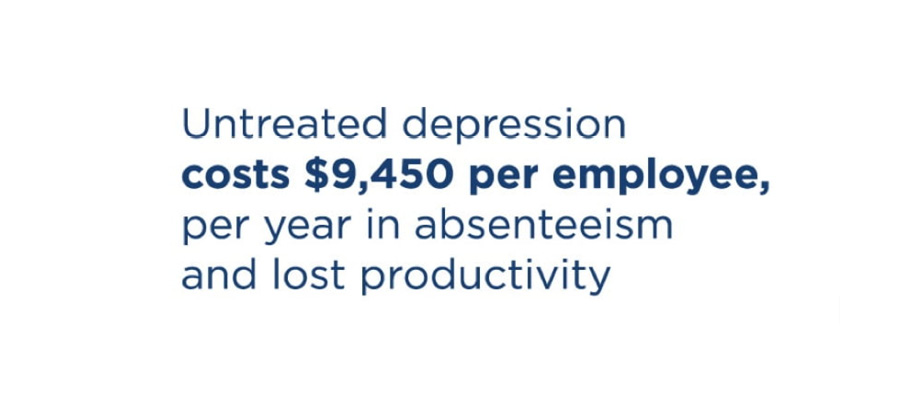
About 75% of employees have struggled with an issue that affected their mental health.1 Yet, 8 out of 10 workers with a mental health condition say shame and stigma prevent them from seeking mental health care.2 That’s a problem for individuals, but it’s also a problem for employers — because untreated mental health conditions cost American companies billions every year. In fact, untreated depression costs $9,450 per employee, per year in absenteeism and lost productivity.3










